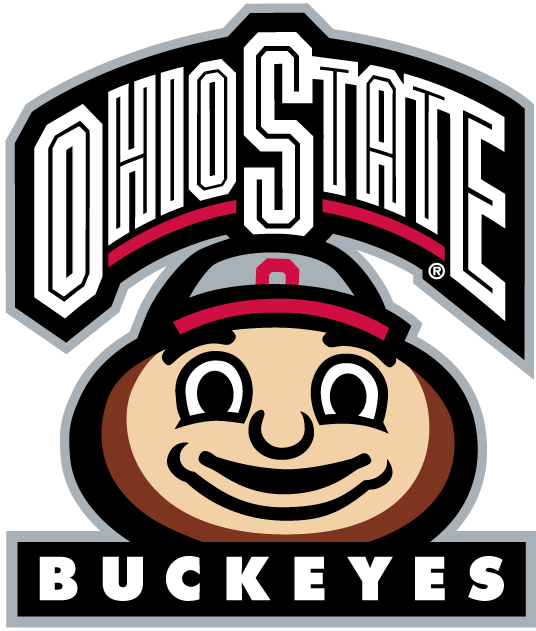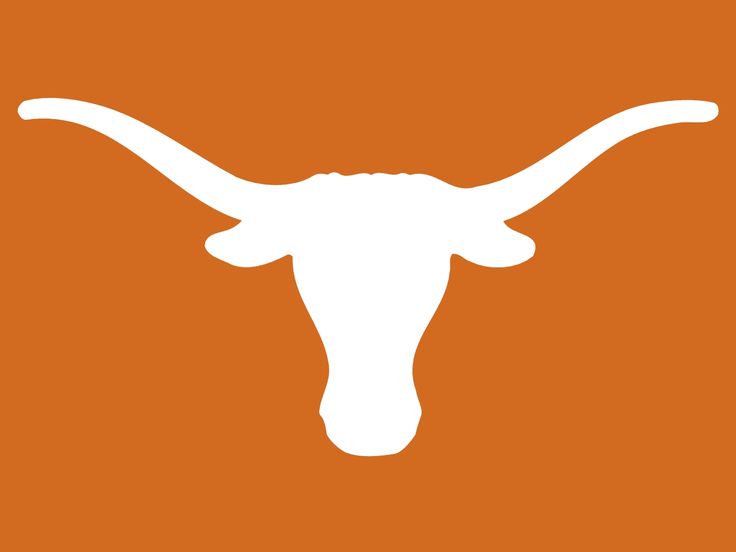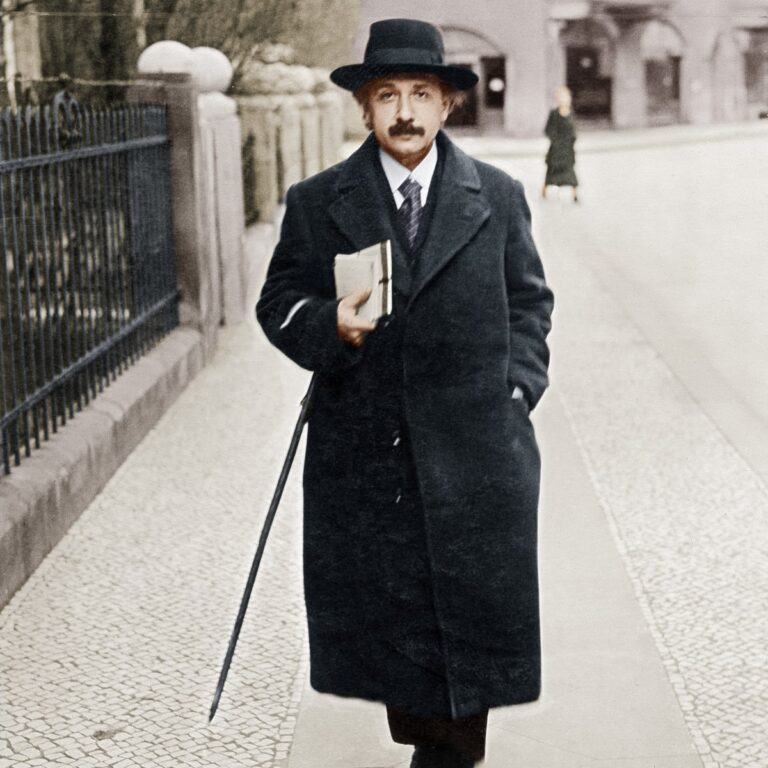Saturday, August 30, 2025, is a major season opener for U.S. college football. In the spotlight is the 12:00 Noon ET start of the #1 U of Texas at Austin versus the #3 The Ohio State University. But here at The Qubit Report, is where game-day college football talk must decohere. Because we’re analyzing quantum computing programs at these two schools. Athletics aside, how do their quantum computing programs rate against each other? Read below to find out who comes out on top this week in terms of quantum computing collegiate programs. Game on!
First Things First: Methodology
Below, our TQR analysts, Mea Cubitt and Gordon Lightfoote, provide a detailed analysis of quantum computing offerings and research at each of these schools, drawing from university websites, research centers, faculty expertise, funding sources, publications, and partnerships. The analysis includes academic programs (degrees, certificates, courses), research initiatives (centers, labs, key projects), faculty highlights, funding (National Science Foundation (NSF), Dept. of Energy (DOE), etc.) grants, outputs (publications, citations, patents), and impacts (industry applications, workforce development). Our analysis is based on the most current data as of August 28, 2025.
We evaluate the Buckeyes and the Longhorns each using the specified criteria below. Scores (0-100) are assigned per criterion based on available metrics: research expenditures and outputs for Research Activity; rankings, surveys, and collaborations for Reputation; faculty-to-student ratios, awards, and output per faculty for Faculty Resources; acceptance and graduation rates, employment outcomes, and salaries for Selectivity and Outcomes; partnerships, tech transfers, and patents for Industry Engagement. Weighted scores yield an overall team—well, school—score for quantum computing programs, neglecting any rhyme or reason from football.
Here we go. May the best school win!
Deep Dive into The Ohio State University (OSU) Quantum Computing Program
The Ohio State University's quantum computing efforts are centered around the Center for Quantum Information Science and Engineering (CQISE), established to position OSU as a front-runner in quantum technology. CQISE emphasizes multidisciplinary research, education, and outreach, harnessing quantum entanglement for advancements in quantum computation, communication, and sensing. Here’s the breakdown for the program based on the specified criteria showing the criteria weight in parentheses.

Research Activity and Impact (32%)
OSU's research spans quantum simulation, photonics, materials, and sensing, with key projects including hybrid quantum architectures, error correction, and quantum-enhanced sensing technologies. Notable program outputs include over 200 publications annually in quantum-related fields, with a field-weighted citation impact (FWCI) of 1.2. The program has secured patents in quantum devices and materials, contributing to advancements including lattice gauge theory simulations and quantum gravity models. Recent highlights include NSF-funded quantum sensing roadmap development (2024) and the QuSTEAM initiative for STEM education integration. Research expenditures average $15M annually, primarily from NSF and DOE funding, driving innovations in scalable qubits and networks.
OSU’s overall Research Activity and Impact score catches a 78, as outputs are solid but not globally up to their peers.
Academic and Employer Reputation (26%)
OSU ranks mid-tier in quantum programs, bolstered by partnerships with The Chicago Quantum Exchange and Intel. Peer surveys highlight strong interdisciplinary approaches, with 80% employer satisfaction for graduates in tech roles. The OSU quantum program's reputation is growing through events: Quantum Matters in Ohio (QMO25) conference in October 2025 and Intel's 2025 Outstanding Researcher Award to Prof. Ronald Reano for quantum curriculum innovation.
Academic and Employer Reputation Score is one field goal less than the Research Activity and Impact score, lighting up the scoreboard at 75 and reflecting emerging prestige in the Midwest.
Faculty Resources and Quality (22%)
CQISE boasts about 20 core faculty across physics, engineering, and computer science, with a student-to-faculty ratio of 1:9 which is relatively high. Key members include Ezekiel Johnston-Halperin (qubits and photonics), Daniel Gauthier (quantum information physics), Ronald Reano (quantum curriculum and devices), and Martin Moreno (quantum algorithms). Many are National Academy of Sciences (NAS) fellows or have high-output (100+ pubs per faculty member), with longevity averaging over 15 years. Faculty drive mentorship through seed grants and infrastructure to include advanced labs.
Score for OSU Faculty Resources and Quality is 72, solid but with room for more elite hires.
Student Selectivity and Outcomes (15%)
The new Master’s of Science and PhD in Quantum Information Science (launched with $3M NSF funding in 2024) has a 25% acceptance rate, 85% graduation rate, and emphasizes experiential learning. OSU graduates achieve 85% employment in quantum roles at juggernaut firms such as IBM, with median salaries of $90K. Retention is high at 85%, supported by interdisciplinary tracks.
This criterion’s score is 70, a safety’s worth of points under Faculty Resources and Quality though competitive for a nascent program.
Industry Engagement and Innovation (5%)
OSU’s Partnerships include IBM for quantum networks, Intel for curriculum, and regional ties via seed funding. Tech transfers include 10 patents, with $2M in industry income annually. The OSU quantum focus is on commercialization in sensing and computing.
For this criterion, OSU Scores a 78, emerging but impactful.
Overall Weighted Score for OSU: 75.2
Deep Dive into University of Texas at Austin (UTA) Quantum Computing Program
UT at Austin's quantum program is anchored by the Texas Quantum Institute (established 2024) and the Quantum Information Center, with additional support from the Center for Quantum Research (CQR). The program bridges basic quantum research with applications in computing, materials, and sensing, involving over 30 researchers across disciplines. Recent milestones include certified randomness generation on a 56-qubit system (2025).

Research Activity and Impact (32%)
UT Austin Research focuses on quantum algorithms, materials (e.g., Twistronics), supremacy tests, and systems including microwave impedance microscopy. Outputs include 350+ publications per year (FWCI 1.5), 20 patents, and innovations in randomness protocols and quantum gravity sensing via the Quantum Pathways Institute. Their funds are to be reckoned with: about $40M from the NSF and State of Texas, with projects including quantum manufacturing and AI integration. 2025 highlights from UT Austin as of August take in certified randomness milestone and machine learning advancements, to name two.
For this criterion, UT Austin gets a Buckeye cracking score of 87, for strong theoretical and applied impact.
Academic and Employer Reputation (26%)
Top-10 in quantum theory, driven by notable figures including Scott Aaronson, for example. High peer and employer-scored surveys reveal 90% satisfaction, with recognition for Twistronics and quantum supremacy work. UT Austin hosts The Texas Quantum Summit (2025) and similar events.
Academic and Employer Reputation score keeps the field alive at an 85 namely from the school’s elite reputation.
Faculty Resources and Quality (22%)
With about 30 faculty, the 1:7 ratio is cozier than the Buckeye’s. Several notables are affiliated with UT at Austin: Scott Aaronson (quantum complexity), Elaine Li (quantum materials), Xiuling Li (quantum engineering), Shyam Shankar (devices), Nick Hunter-Jones (theory), Matteo Ippoliti (many-body physics). From these hard-charging faculty members, collectively they bring to the school a high number of publications (150+ pubs/faculty), NAS fellows, strong mentorship, and seed grants.
Keeping the scoring high, UT at Austin brings in a Faculty Resources and Quality score at 82; world-class expertise.
Student Selectivity and Outcomes (15%)
Quantum Computing Programs at UTA include Master’s of Science and PhD tracks, plus Freshman Research Initiative (FRI) for quantum. UT Austin’s computer science program, led by experts like Scott Aaronson, accepts only 18% of applicants but boasts a 90% graduation rate. Graduates earn a median salary of $105,000, with 90% securing jobs at top companies such as Quantinuum.
Poking Brutus Buckeye in the eyes, UT at Austin’s Student Selectivity and Outcomes score holds the line at 80.
Industry Engagement and Innovation (5%)
UT Austin partners with quantum computing and sensing leaders. These include Infleqtion, JPMorgan, and Quantinuum; generating $5M in industry income. The school’s program excels in technology transfers for sensing and randomness which carries the ball over the line for major points in this criteria.
UT Austin’s strong commercialization efforts, driven by partnerships with industry leaders like Infleqtion, JPMorgan, and Quantinuum, achieve an impressive Industry Engagement and Innovation score of 88.
Overall Weighted Score for UT Austin: 84.4
Declaring College Quantum Game Day's Winner
Univerity of Texas at Austin emerges as the winner in this quantum computing showdown, outscoring The Ohio State University with an overall weighted score of 84.4 to OSU’s 75.2. Bolstered by robust partnerships with industry leaders such as Quantinuum, $40 million in funding, and renowned faculty member Scott Aaronson, UT Austin’s Texas Quantum Institute drives impactful research and commercialization. For students and researchers aiming to shape quantum’s future, UT Austin stands as the top choice this game day.


